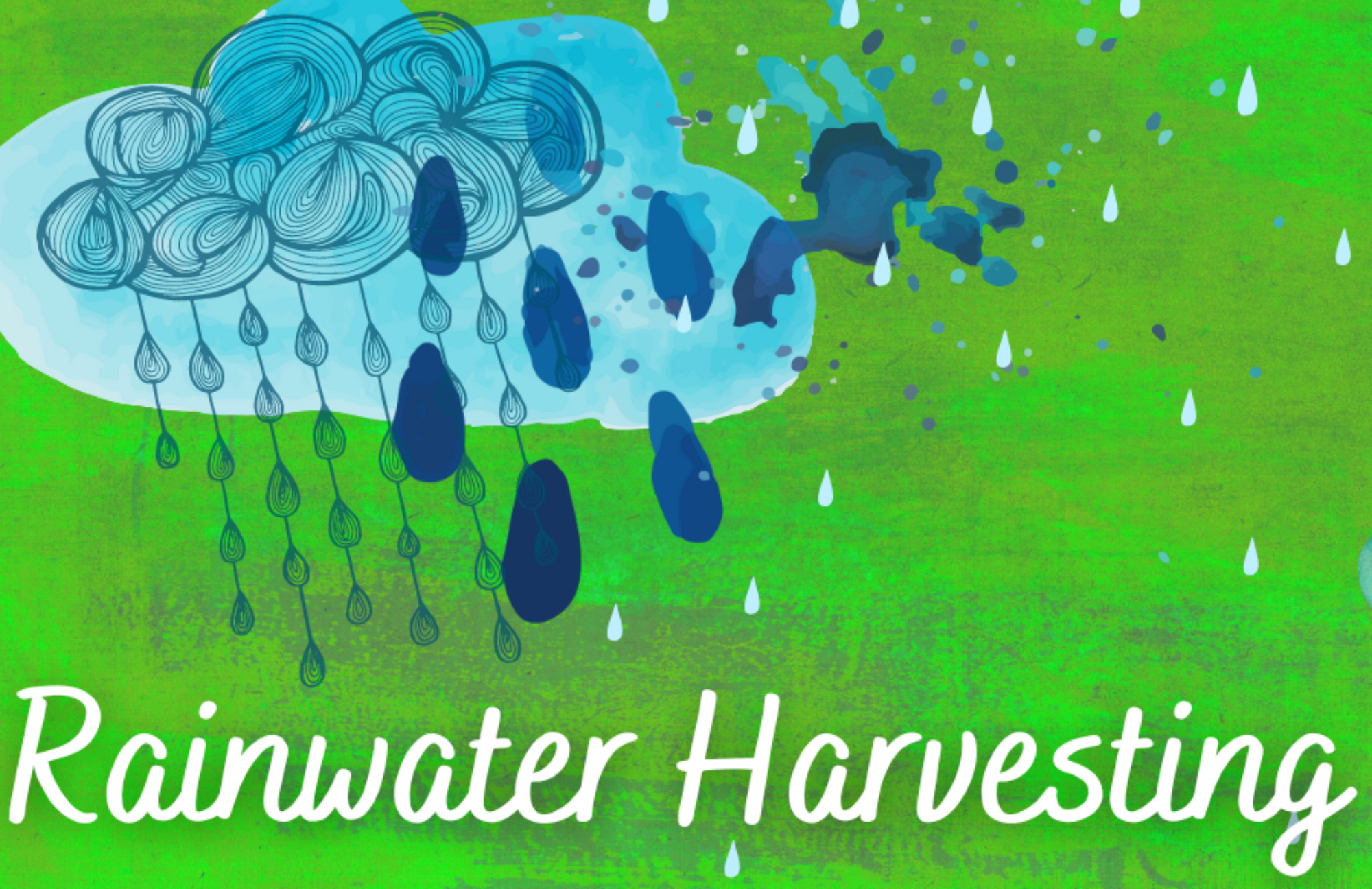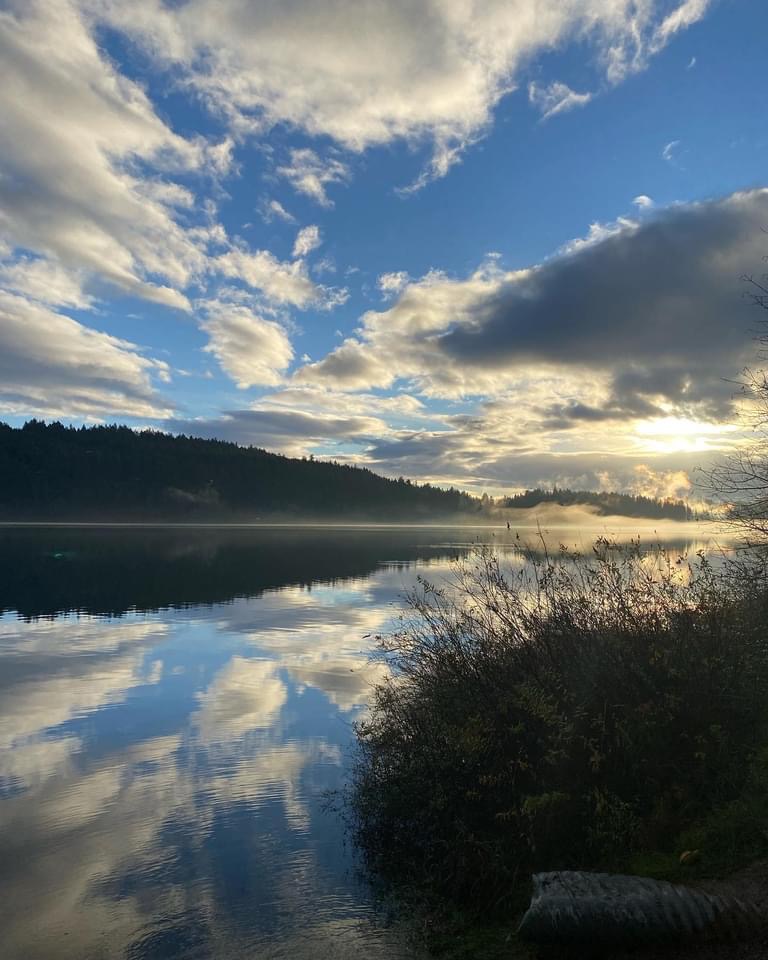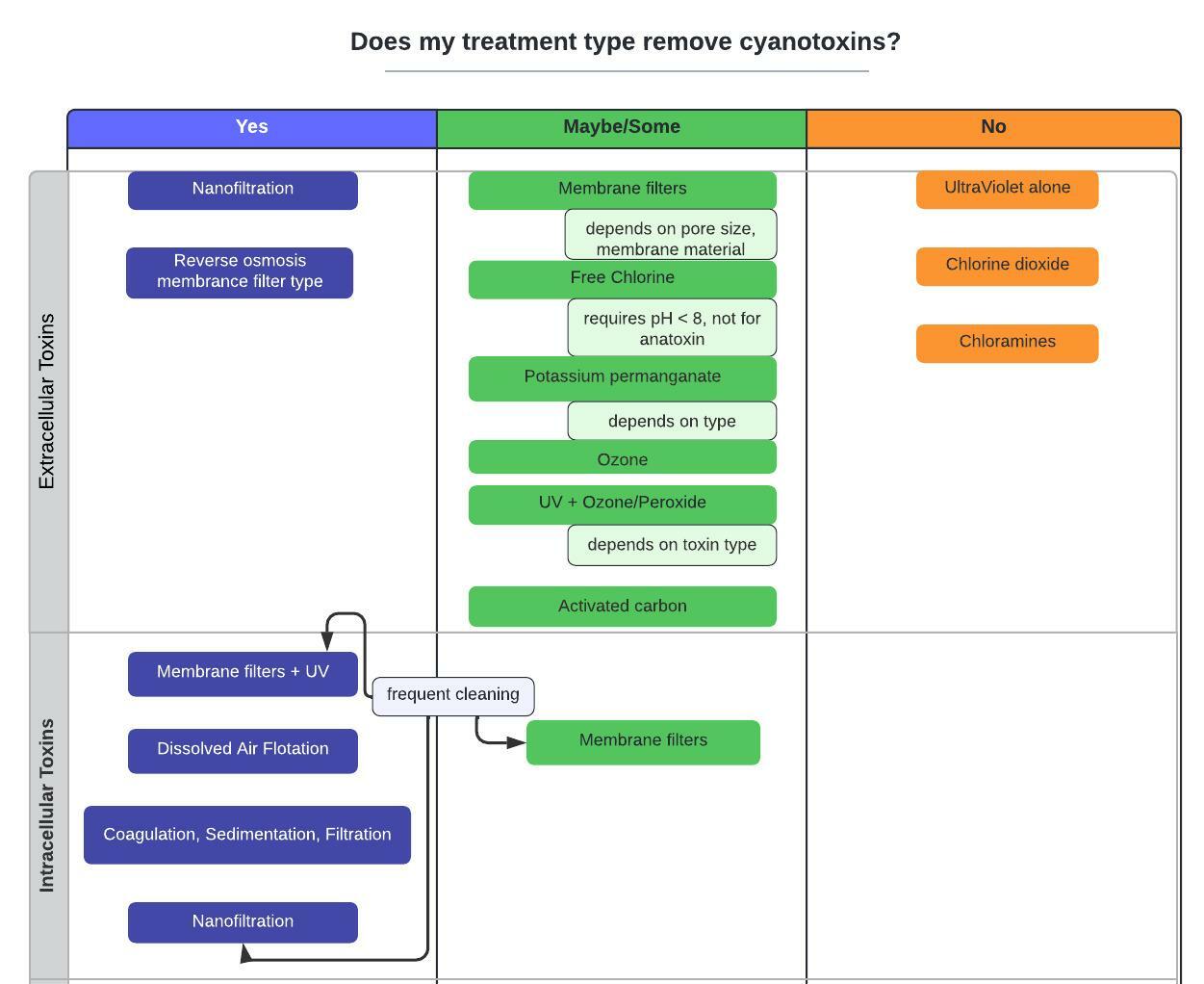Lake Water for Drinking: Treatment
This article is directed to those who have a licence to withdraw and treat lake water or other surface water for potable use (streams, ponds).
If you have a private residence, or a small business (such as accommodation units or a trailer park) with a surface water supply and your own onsite water treatment, you are responsible to mitigate health risks in any uses of lake water treated onsite.
What do I need to know about cyanobacteria and cyanotoxins for my home water treatment system?
- During algae/cyanobacterial bloom events, provide an alternative drinking water source for any users on your private/ water system if your supply is lake water (and up to 2 weeks after the bloom has subsided).
- Do sample and test lake water at a certified laboratory (see Water Sample Testing Protocol section below)
- Obtain a “portable field test kit” to test for the indicator cyanotoxin, microcystin, in samples taken near your water intake
- You could share the kit with your neighbours
- The most common laboratory methods to measure the presence of cyanotoxins are:
- counting cells and/or biomass measurements,
- measurement of amounts of photosynthetic pigments such as chlorophyll-a using liquid chromatography or ELISA
- Test your tap water using an approved method (section 6.1 Health Canada) for cyanotoxins present in treated water – ensure that microcystins do not exceed 1.5 µg/L.
- Assume small home-scale water treatment systems will not remove cyanotoxins that have dissolved into the water column (extracellular type)
What types of water treatment systems will remove cyanotoxins?
Water Sample Testing Protocol:
- To assess whether the lake water is safe for potable use, after private water treatment, after a bloom event is over:
- Collect water samples at different depths and sites and send them to a certified laboratory (ref) or
- Collect a composite sample (samples from several depth zones in a single day placed into one container)(ref)
- Collect a sample of your tap water
- Have all samples analyzed at a water quality laboratory for these test parameters:
- microbiological
- basic metals scan
- microcystins – ELISA test or protein phosphatase inhibition or liquid chromatography – requires a phone call to the lab
- From the Health Canada guidance: “For small systems that lack the necessary knowledge or treatment capabilities, the use of a “do not consume advisory” should be considered.”
- If your test results show cyanobacteria cell counts exceed 2,000 cells/mL in raw lake water, alternative drinking water sources are recommended to reconstitute infant formula
What if I get my treated lake water for drinking from a community water system?
If your source of drinking water is from a community water system, the information in this article will not apply to your service. In partnership with the Health Authority, the water system supplier ensures drinking water quality standards are met in multi-connection water systems:
- North Salt Spring Water District,
- Beddis Water Service,
- Highland-Fernwood Water Service,
- Fulford Water Service
The treated water quality standard maximum allowable concentration of cyanotoxins is < 1.5 ug/L
Resources
Island Health. Cyanbacteria (blue-green algae) and Microcystins.
Health Canada. Guidance about Cyanobacterial Toxins
Province of British Columbia. Water Licence Search.
Province of British Columbia. Source Drinking Water Quality Guidelines.
Abraxis Rapid Testing Kits for Algal Toxin. microcystin kit
Province of British Columbia. How safe is your water?
Laboratory testing of drinking water:
Saanich: MB Labs
2062 Henry Ave W, Sidney, BC V8L 1W7 250-656-1334
Victoria: Island Environmental Health & Safety
201-990 Hillside Avenue, Victoria, B.C. V8T 2A1 778-406-0933


